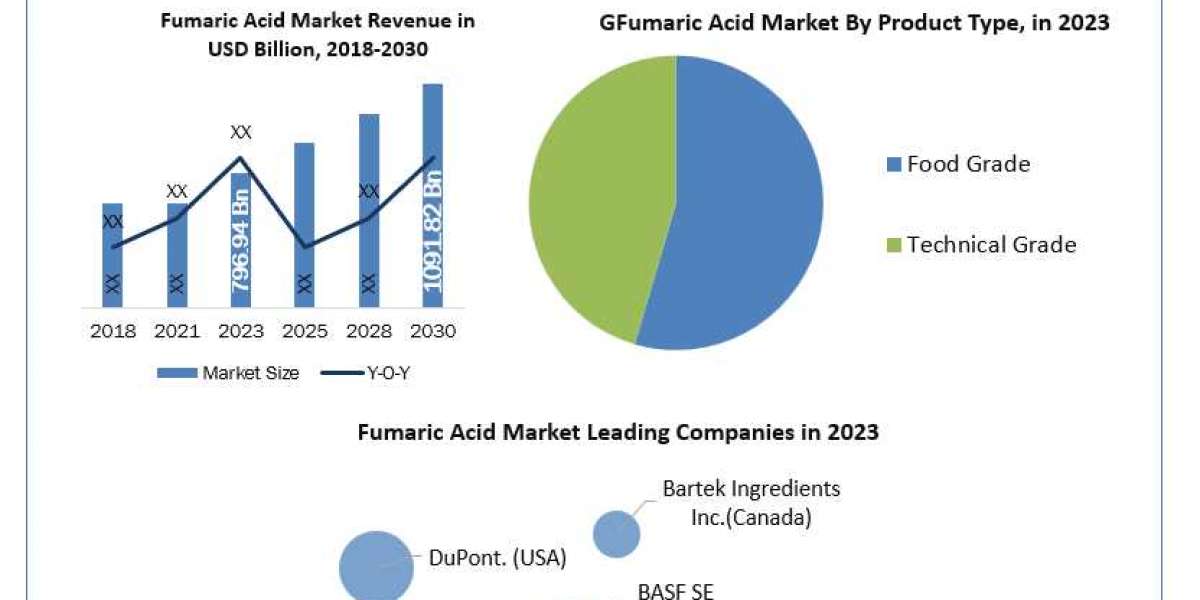The production of duplex steel casting involves a series of meticulous steps designed to achieve the desired material properties and performance characteristics. Understanding this process is crucial for manufacturers and engineers who seek to optimize the quality and reliability of their cast components.
Raw Material Selection
The process begins with the careful selection of raw materials. Duplex steel is composed of a precise balance of chromium, nickel, molybdenum, and nitrogen, along with other elements. The quality and composition of these raw materials significantly impact the final properties of the duplex steel. Ensuring the purity and correct proportion of each element is essential to achieve the desired microstructure and mechanical properties.
Melting and Alloying
Once the raw materials are selected, they are melted in a furnace. Advanced melting techniques such as electric arc furnaces (EAF) or induction furnaces are commonly used. During this stage, alloying elements are added to achieve the specific chemical composition required for duplex steel. The molten metal is then refined to remove impurities and ensure homogeneity. Techniques like vacuum induction melting (VIM) may be employed to produce high-purity steel with minimal contamination.
Casting
The refined molten metal is then poured into molds to form the desired shapes. The molds are typically made from materials that can withstand high temperatures and provide excellent thermal conductivity. Investment casting and sand casting are popular methods used in the production of duplex steel components. Investment casting, also known as lost-wax casting, allows for the production of intricate and complex shapes with fine details. Sand casting is suitable for larger components and offers flexibility in design.
Solidification and Cooling
After pouring, the molten metal undergoes solidification and cooling. The cooling rate must be controlled to achieve the desired microstructure of duplex steel, which consists of approximately equal parts of austenite and ferrite. Rapid cooling can lead to an imbalance in the microstructure, resulting in reduced mechanical properties and increased susceptibility to corrosion. Controlled cooling ensures the formation of the optimal microstructure that imparts the unique properties of duplex steel.
Heat Treatment
Post-casting heat treatment is often required to enhance the mechanical properties and corrosion resistance of duplex steel castings. Annealing, quenching, and tempering are common heat treatment processes used to relieve internal stresses, improve ductility, and achieve the desired hardness. Heat treatment also plays a critical role in refining the microstructure, ensuring a balanced distribution of austenite and ferrite phases.
Machining and Finishing
Once heat treatment is completed, the cast components undergo machining and finishing operations to achieve the final dimensions and surface quality. Precision machining ensures that the components meet the stringent tolerances required for their specific applications. Finishing processes such as grinding, polishing, and coating are applied to enhance the surface finish and protect against environmental factors.
Quality Control and Testing
Quality control is an integral part of the duplex steel casting process. Various non-destructive testing (NDT) methods, such as ultrasonic testing, radiographic testing, and magnetic particle inspection, are used to detect internal and surface defects. Mechanical testing, including tensile tests, impact tests, and hardness tests, are conducted to verify that the castings meet the required specifications. Rigorous quality control ensures that only components that meet the highest standards are delivered to customers.
In conclusion, the production process of duplex steel casting involves careful selection of raw materials, precise melting and alloying, controlled casting and cooling, heat treatment, machining, finishing, and stringent quality control. Each step is critical to achieving the exceptional properties that make duplex steel an ideal choice for demanding applications. Understanding this process allows Duplex Steel Casting Manufacturers to produce high-quality duplex steel castings that meet the specific needs of various industries.
